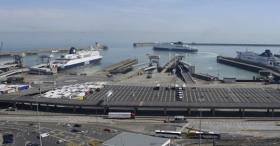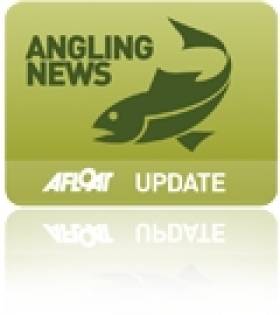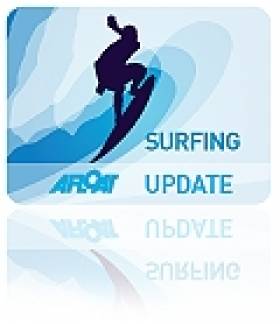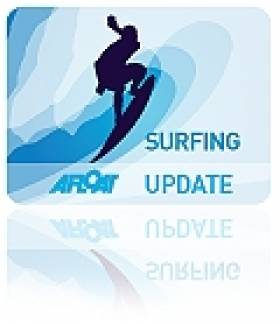Displaying items by tag: biggest
P&O Ferries Order Biggest Ships to Sail Dover-Calais After Deal With Chinese Shipyard
A pair of 230m ferries will be the largest to ever to sail between Dover and Calais (see: Brexit related story), with room for 1,500 passengers and deck spaces three-quarters the size of London's Trafalgar Square, writes KentOnline.
The contract also gives the company, P&O Ferries the chance to build another two by 2024.
The new ships, operating by 2023, are designed to help the environment by cutting fuel use and producing no carbon emissions.
They even have two bridges so they don't need to be turned around in the harbour.
This move follows the company signing the multi-million pound contract with Chinese-based Guangzhou Shipyard International Ltd.
For more on this development from P&O Ferries which Afloat adds is a subsidiary of Dubai based company DP World click here.
Angler Catches Ireland's First 40lb-Plus Carp
#ANGLING - Angling Times reports that an Irish angler has caught the biggest carp ever recorded in the country.
Andrew Doyle landed the 40lb 2oz monster known as Big Hole at Maynooth Fishery in Co Kildare recently.
The intrepid fisherman caught the mirror carp during a 72-hour session using a "boilie hookbait fished in conjunction with a PVA bag of freebies over a bed of hemp and corn".
'World's Biggest Waves' Off Irish Coast?
#SURFING - One of Ireland's top surfers claims he has found the world's biggest waves off the coast of Ireland.
As Irish Central reports, Portrush waverider Al Mennie says that he and surfing partner Andrew Cotton have found two waves reaching as much as 120 feet in secret locations off the coasts of Antrim and Donegal.
The duo are currently waiting for the right conditions to surf the biggest swells.
"The good days are few and far between – 90 percent of the swells are unrideable and we'd reckon that only two days each year are rideable," Mennie told the Irish Independent.
Their location is being kept under wraps for now due to safety concerns, as the waves crash down in a hazardous rocky area - making them definitely not suitable for novices.
Irish Central has more on the story HERE.
Irish-American Surfs 'World's Biggest Wave'
#SURFING - An Irish-American has ridden what's being called the biggest wave ever surfed in the world.
Garrett McNamara from Hawaii caught the 90-foot monster wave off the coast of Nazaré in Portugal earlier this month, The Irish Times reports.
"Everything was perfect, the weather, the waves," said Northern Irish surfer Al Mennie, who was tow-in surfing with McNamara and English rider Andrew Cotton when the giant swell arose at Praia do Norte.
The offshore area is noted for its deepwater canyon that channels massive swells from the Atlantic.
“As I rode this wave, it seemed pretty massive, but I couldn’t tell quite how big it was,” McNamara told surf forecast site Surfline.
“When I got to the bottom and turned and got around the wave and went to kick out, it landed on me and it felt like a ton of bricks.
"Probably one of the most powerful waves ever to land on me at the shoulder," he added. "It was pretty amazing.”
McNamara - whose family has Irish roots, according to Irish Central - is working with the Portuguese Hydrographic Institute as part of the ZON North Canyon Project, which aims to learn how waves reach such significant heights at Praia do Norte.
See video of the record-shattering wave ride below:



























































